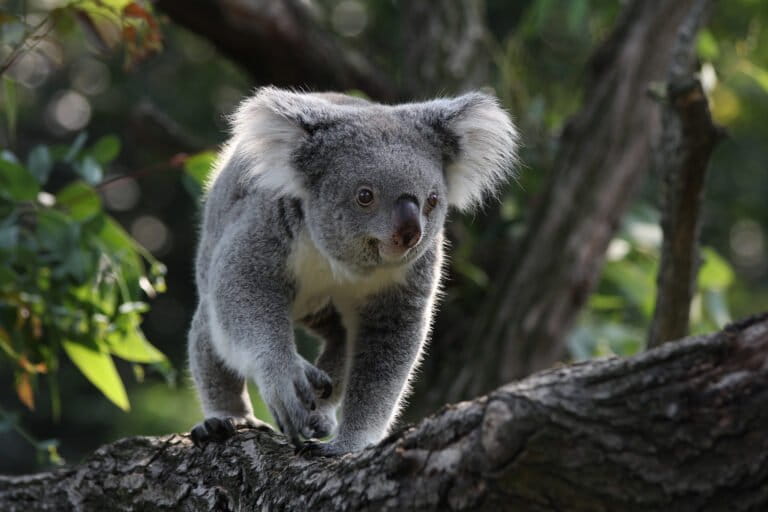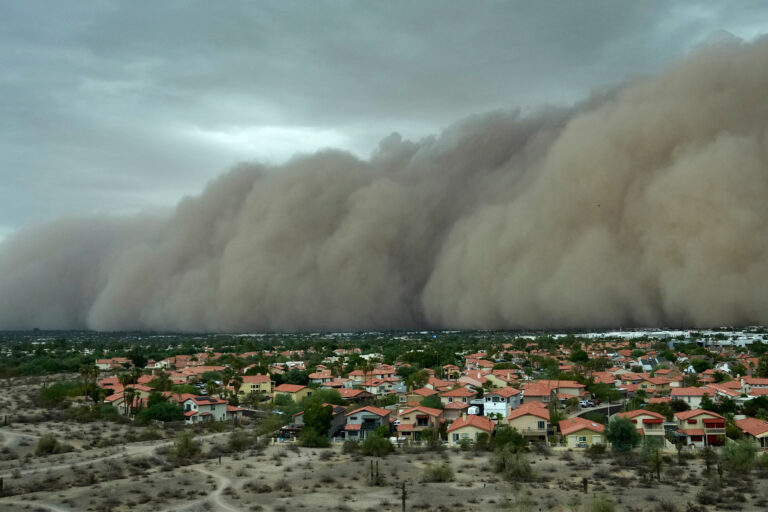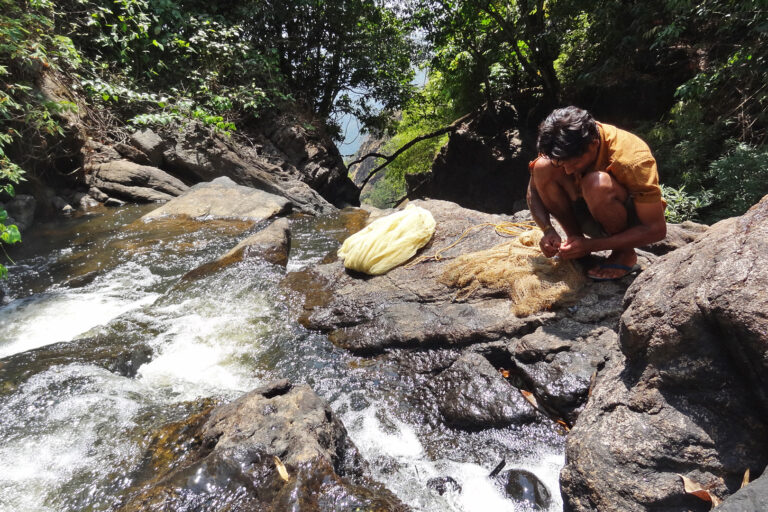- According to data released on Oct. 5 by the Guyana Forestry Commission (GFC), the small South American nation’a deforestation rate in 2017 was 0.048 percent.
- Government official say that their new deforestation estimates are the lowest since assessments started back in 1990.
- Environmental advocates say the reduction in timber concession areas has reduced road building by loggers that once facilitated opportunistic mining.
GEORGETOWN, Guyana — Guyana recorded its lowest rate of deforestation last year since 2010, when the South American country established a national Monitoring Reporting and Verification (MRV) program.
According to Guyana Forestry Commission (GFC) data, released on Oct. 5, the deforestation rate in 2017 was 0.048 percent — down from the 0.050 percent recorded in 2015-2016.
Prior to 2010, Guyana’s relatively low rate of deforestation was recorded in blocks of years rather than annually, so comparing rates over the past few decades is problematic. Still, the 2017 rate could be lowest going back several decades, said Pradeepa Bholanath, head of the GFC’s planning and development division.
“It is very likely in our estimation that it [0.048 percent] is the lowest [deforestation rate] since we started assessments back in 1990,” Bholanath told Mongabay.
Guidelines published by the Norwegian government in 2012 give historic deforestation estimates in Guyana (calculated using archive imagery) fluctuating from 0.01 percent from 1990 to 2000, then up to 0.04 percent, before going back down to 0.02 percent from 2006-2009.
Guyana began carrying out annual deforestation assessments in 2010 after signing a lucrative climate and forest agreement with Norway in 2009. Based on the Reducing Emissions from Deforestation and Forest Degradation (REDD+) framework, the program was designed to maintain Guyana’s forests, which covers 87 percent of its land area.
The mapping of Guyana’s forest cover has changed over the past decade as the 30-meter (100-foot) resolution imaging capabilities of the Landsat-based satellite has been replaced by the 5-meter (16-foot) resolution offered by RapidEye’s technology. “This helped us to refine the forest layer and totals,” Bholanath said. “Thus, the extent of forest cover trend needs to go hand in hand with the deforestation numbers.”
According to the GFC, the drivers behind the loss of 88.5 square kilometers (34 square miles) in 2017, from a total forest cover of 184,500 square kilometers (71,200 square miles) in 2015-2016, are myriad. They say most of it can be attributed to mining, followed by logging, agriculture and others. Reforestation is included as part of total forest cover.

Though mining is undeniably the main driver of deforestation in Guyana by any metric, the lower deforestation rate for 2017 shows its impact has been reduced, Bholanath said. She noted a “nationwide ranger program, more consolidation of large-scale mining efforts … and more careful planning of certain kinds of permits such as reconnaissance areas that are intended to be exploratory.” The price of gold is also a factor, she added, but not the main one.
Charles Hutchinson, WWF Guyana’s protected areas/REDD+ lead, told Mongabay they were optimistic about the future of Guyana’s forests.
“We think it’s a remarkable result, in the face of growing deforestation in much of the Amazon, that despite relatively stable gold prices since 2013, the deforestation rate in 2017 dropped to the lowest level since detailed annual accounting began in 2010,” Hutchinson said.
But he said the bigger picture included “significant efforts directed at regularizing and improving mining practice.”
“We also believe the reduction in timber concession area has reduced road building by loggers that facilitated opportunistic mining,” he said, adding that from 2013 to 2014, the controversial Chinese logging company Bai Shan Lin was “pushing roads into previously inaccessible, pristine forests and miners were following them.” The company has since been barred from operating in Guyana.
Hutchinson also cited the discovery of offshore oil in Guyana (production is due to begin in 2020), which he said had redirected capital from the interior — and mining — to Guyana’s coast.
Janette Bulkan, an assistant professor in forest resources management at the University of British Columbia and an expert on Guyana, also attributed the reduction in deforestation to market forces.

“The claimed lower rate of deforestation is associated with lower levels of activity in artisanal (small- and medium-scale) gold mining and more concentrated demand for timber logs from China,” Bulkan said. “That is, China is being more selective about the kinds of timber which it wants from Guyana.”
Bulkan, who has been highly critical of GFC practices and reports in the past, said she did not see the announcement as reflective of governmental progress in the field at all.
“There have been no positive changes in policies or practices by either GGMC [Guyana Geology and Mining Commission] or GFC to reduce deforestation,” she said.
Under the agreement with Norway, Guyana was set to receive as much as $250 million between 2009 and 2015. For each ton of “avoided” CO2 emissions, $5 would be paid, though payments would be reduced if the deforestation rate exceeded 0.056 percent and halted completely if it reached 0.1 percent. Except, that is, for deforestation relating to the controversial Amaila Falls hydroelectric project, to which $80 million of the $250 million was allocated (although this has reportedly been diverted to a solar farms project).
Certain elements of the Norway agreement still need to be fulfilled if Guyana is to get paid in full, although in June the two countries agreed to speed to “move as expeditiously as possible” to release the outstanding payments, including some held by the Inter-American Development Bank.
Of the money it has received, $1.8 million was earmarked to support Guyana’s EU FLEGT Voluntary Partnership Agreement (VPA), under which it will have to ensure that none of the timber it exports to the European Union is derived from illegal logging. Guyana is due to sign the agreement by the end of this month. If that goes ahead, it will find itself with two agreements to fulfill.













